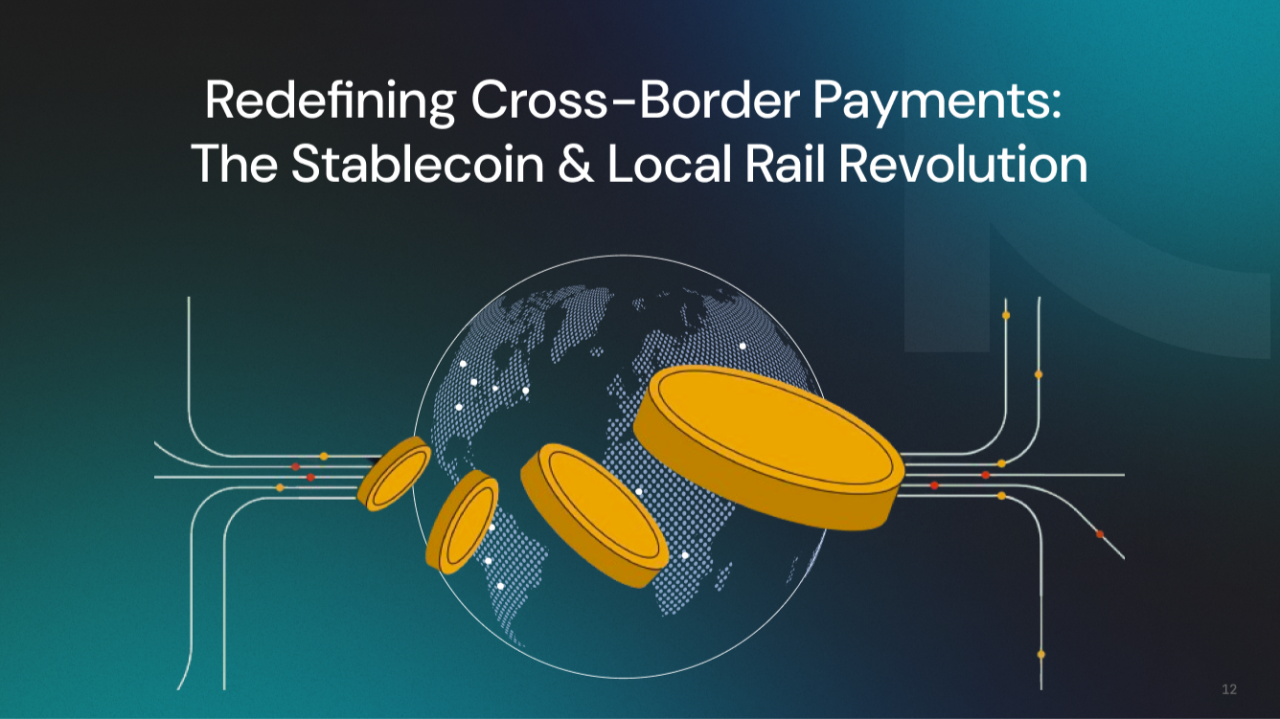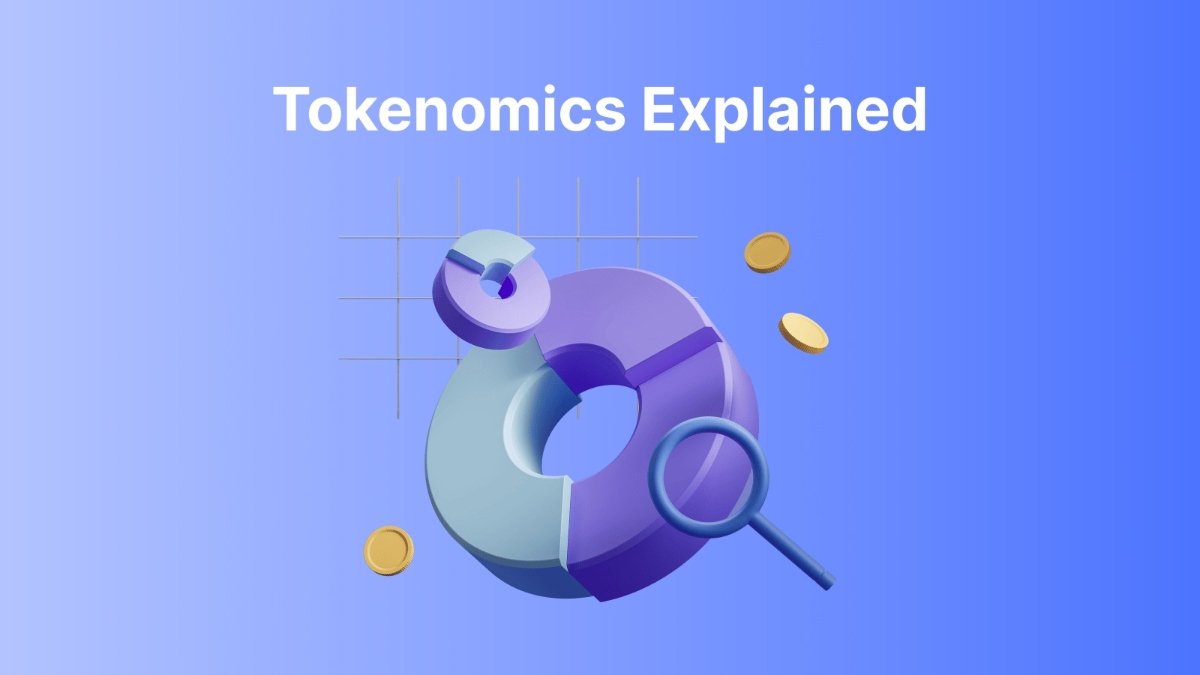Crypto for Humans: Why Simplicity is the Missing Link in Web3
Crypto for Humans isn’t just a catchy phrase. It’s a necessary shift in mindset — a call to redesign the crypto experience so it finally makes sense for the people it’s meant to serve. At Avinya Labs, this principle shapes everything we build.
Let’s be honest: crypto has lost its plot when it comes to onboarding real people.
The average person isn’t thinking about MEV or layer-zero infrastructure. They’re wondering how to send USDT to a friend or buy digital assets without feeling like they’re studying rocket science.
We believe the future of crypto doesn’t belong to the loudest devs or the flashiest projects — it belongs to the ones that are the most useful, accessible, and human.
🤯 The Problem: Crypto Isn’t Built for Humans
Walk a mile in the shoes of a new crypto user and you’ll quickly see the problem. They’re often:
-
Asked to install a wallet they don’t understand
-
Told to bridge tokens between unfamiliar blockchains
-
Bombarded with concepts like gas fees, validators, and governance tokens
Imagine walking into a gym and being handed a physics textbook before you can touch a treadmill. That’s crypto today.
It’s no surprise that to the outside world, crypto often feels like a scam, a black box, or just plain confusing.
💡 What “Crypto for Humans” Really Means
Crypto for Humans isn’t about dumbing things down — it’s about removing unnecessary friction and making outcomes obvious.
It means:
-
Simple onboarding: Users shouldn’t have to watch 10 YouTube tutorials before using your app.
-
Wallets that feel like fintech apps: The interface should feel familiar, not like a testnet demo.
-
Clear use cases: “Why does this exist?” should be answered in one sentence.
-
Trust-first UX: People trust what they can understand — and use — without stress.
When you design products with real people in mind, you don’t just gain users — you gain adoption.
🧠 Crypto Has a Jargon Problem
Too much of Web3 is still a developer-to-developer echo chamber. Projects compete to out-tech each other while leaving users behind. Just look at the average crypto homepage — it’s filled with buzzwords like:
-
Zero-knowledge proofs
-
Modular rollups
-
Native staking incentives
-
Governance DAOs
None of these terms explain why someone should use the product or how it improves their life.
It’s not that these ideas aren’t important — they just shouldn’t be front and center for the user.
🚀 How Avinya Labs Is Building Crypto for Humans
At Avinya Labs, we take a different approach. We believe Crypto for Humans starts by flipping the design process upside-down.
Instead of asking, “How do we make this smart contract more efficient?” — we ask,
“Would my non-crypto friend understand this in 30 seconds?”
If the answer is no, we go back to the drawing board.
Here’s how we build with people at the center:
-
Abstracting complexity: We hide the Web3 infrastructure behind interfaces users already know and trust.
-
Clear language: No jargon, no fluff — just plain, helpful copywriting.
-
Real-world utility: Every product we build must solve a real problem, not just mimic what’s trending on Crypto Twitter.
Whether it’s a payment gateway, a decentralized lending system, or a tokenized travel platform, our mission remains the same:
Crypto should feel effortless.
🔁 From Crypto for Nerds → Crypto for Humans
The industry is overdue for a shift. We’ve had enough hype cycles. Enough tribalism. Enough building for an audience of insiders.
It’s time to move from:
-
Complexity → Clarity
-
Gatekeeping → Onboarding
-
Hype → Help
-
Crypto for devs → Crypto for Humans
The next billion users won’t arrive because of your TPS or protocol design. They’ll arrive when your app just works — when it delivers value without needing to explain the backend.
🔗 Final Thoughts
If you’re building in Web3, start here:
-
Remove friction.
-
Speak plainly.
-
Focus on outcomes.
At Avinya Labs, we’re not just building crypto infrastructure. We’re building trust, simplicity, and clarity — because Crypto for Humans is the only future worth investing in.



